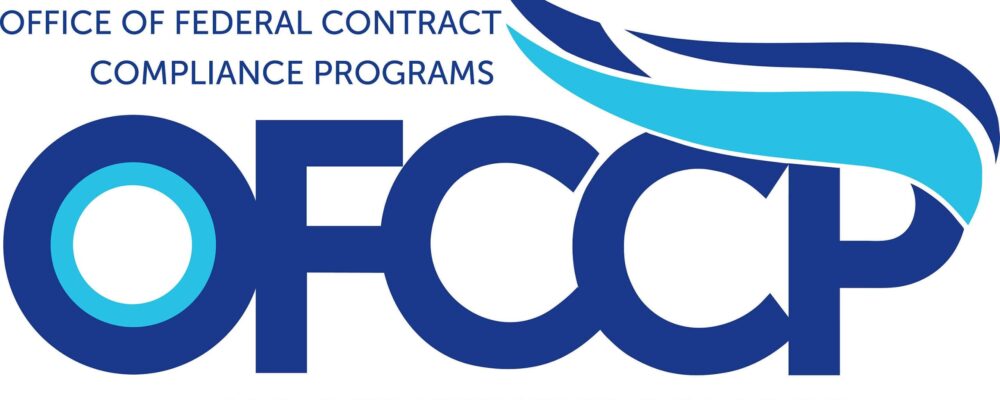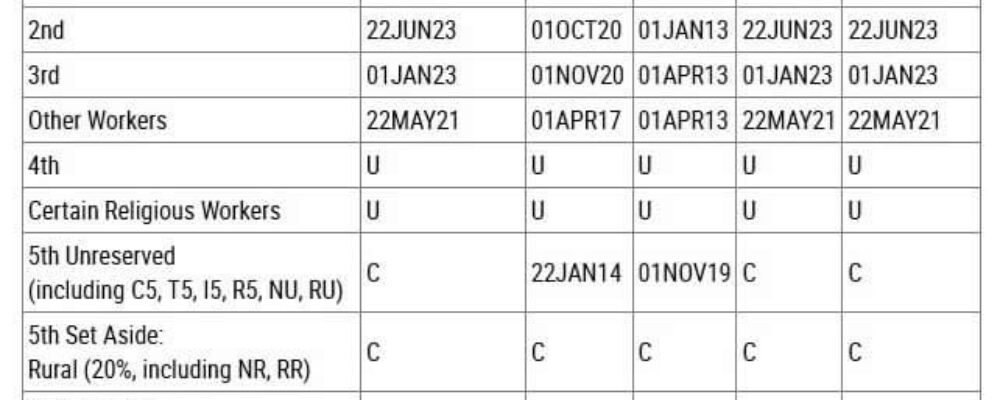Quick Hits
- A recent GAO report includes several recommendations for how OSHA should evaluate its national emphasis program on warehousing and distribution centers to “more fully protect workers” from ergonomic hazards.
- The GAO found that three major hazards—falls, slips, and trips; objects and equipment; and overexertion/bodily reaction—were the leading causes of most injuries and illnesses in general warehousing and last-mile delivery services.
- The GAO recommendations include revising the OSHA Form 300 to include a column for musculoskeletal injuries to help compliance officers more easily identify when such injuries occurred.
On July 13, 2023, OSHA announced a national emphasis program (NEP) directed at warehousing and distribution center operations. One of the major elements of that NEP was ergonomics and musculoskeletal disorders. The NEP became effective immediately, but there was a ninety-day outreach period during which enforcement would be suspended. The NEP remains in effect until July 13, 2026, unless renewed.
Citing Bureau of Labor Statistics (BLS) data, the GAO study found that three major hazards—falls, slips, and trips; objects and equipment; and overexertion/bodily reaction—were the leading causes of most injuries and illnesses in general warehousing (which includes e-commerce warehouses) and the companies that deliver e-commerce and other orders to consumers (“last-mile delivery”). According to the GAO, the transportation and warehousing sector had the highest serious injury and illness rate of all nineteen sectors in 2022, with an estimated 3.8 cases per one hundred workers. The study examined OSHA citation data and identified that warehouse and last-mile delivery employers received more than 2,500 workplace violations from fiscal years 2018 through 2023, including eleven related to ergonomic hazards.
The GAO study identified the warehousing and distribution center NEP and made recommendations for how OSHA should evaluate the NEP to “more fully protect workers” from ergonomic hazards. The GAO postulated that this evaluation would allow OSHA to assess: “(1) the efficacy of its efforts in identifying and addressing ergonomic hazards and (2) if and how it may improve these efforts to better protect warehouse and delivery workers from ergonomic hazards.”
Additional Recommendations
Revise Form 300. OSHA can take several steps to “ensure[] that OSHA compliance officers can easily obtain data during inspections on when musculoskeletal disorders occurred.” One recommendation to effectuate this goal is to change the OSHA Form 300 to include a column for musculoskeletal injuries. If this were to happen, it would assist OSHA in other areas where ergonomics are identified as a concern, such as meatpacking, which is also subject to an NEP that includes ergonomics as a focus.
Increase compliance officer training. OSHA should provide compliance officers with increased training on identifying and assessing ergonomic hazards for compliance officers who inspect worksites under OSHA’s National Warehouse and Distribution Center Emphasis Program, the report said. Currently, when ergonomics are raised during an inspection, teams from either Salt Lake City or Atlanta are deployed to engage in the inspections, making trained compliance officers a much more rapid and cost-effective way to analyze ergonomics in most instances. Recommended ways of accomplishing these goals included making elective ergonomic courses required courses, adding new courses or ergonomic components to existing courses, and making existing courses more accessible by increasing their frequency or offering them online.
Review and update ergonomic hazards guidance. OSHA should review and make needed changes to its internal and external guidance used by compliance officers and employers to identify, assess, and address ergonomic hazards, the GAO recommended. Among possible methods recommended is clarification of current guidance documents and creating more current, industry-specific guidance. In light of the renewed interest in ergonomics by OSHA, these recommendations seem likely to be implemented.
Follow up after issuing hazard alert letters. The GAO recommended that OSHA review its use of hazard alert letters and follow up with employers to confirm that they have taken action to address issues identified in those letters. While many employers believe that the recommendations do not require them to take action, most hazard alert letters contain recommendations or suggestions for how an employer should address the issues and there is an implicit expectation that the employer will take action to at least consider the issues raised.
Evaluate warehousing NEP. OSHA should also evaluate how well its warehousing and distribution center NEP helps compliance officers identify, assess, and address ergonomic hazards and determine and document next steps to identify and correct deficiencies. While this should not have an employer-facing impact under the current NEP, it may portend a subsequent warehousing and distribution center NEP revised to include these elements or altered to allow for easier evaluation of the effectiveness of the program.
Key Takeaways
Though there is no ergonomics standard, OSHA has used Section 5(a)(1) of the Occupational Safety and Health Act—the General Duty Clause—to cite employers when ergonomic hazards are identified in a workplace. Given that there are two current NEPs focused, in part, on ergonomics, it seems likely many of the GAO’s recommendations will be implemented. In fact, the GAO’s report could be the predicate for OSHA rulemaking on an ergonomics standard.
Ogletree Deakins’ Workplace Safety and Health Practice Group will continue to monitor developments and provide updates on the Workplace Safety and Health blog as additional information becomes available.
Follow and Subscribe
LinkedIn | Instagram | Webinars | Podcasts
“Ogletree Deakins has experienced professionals in all areas of labour and employment law who provide efficient, client-focused service. We represent employers of all industries and sizes, from small businesses to Fortune 50 companies.”
Please visit the firm link to site






